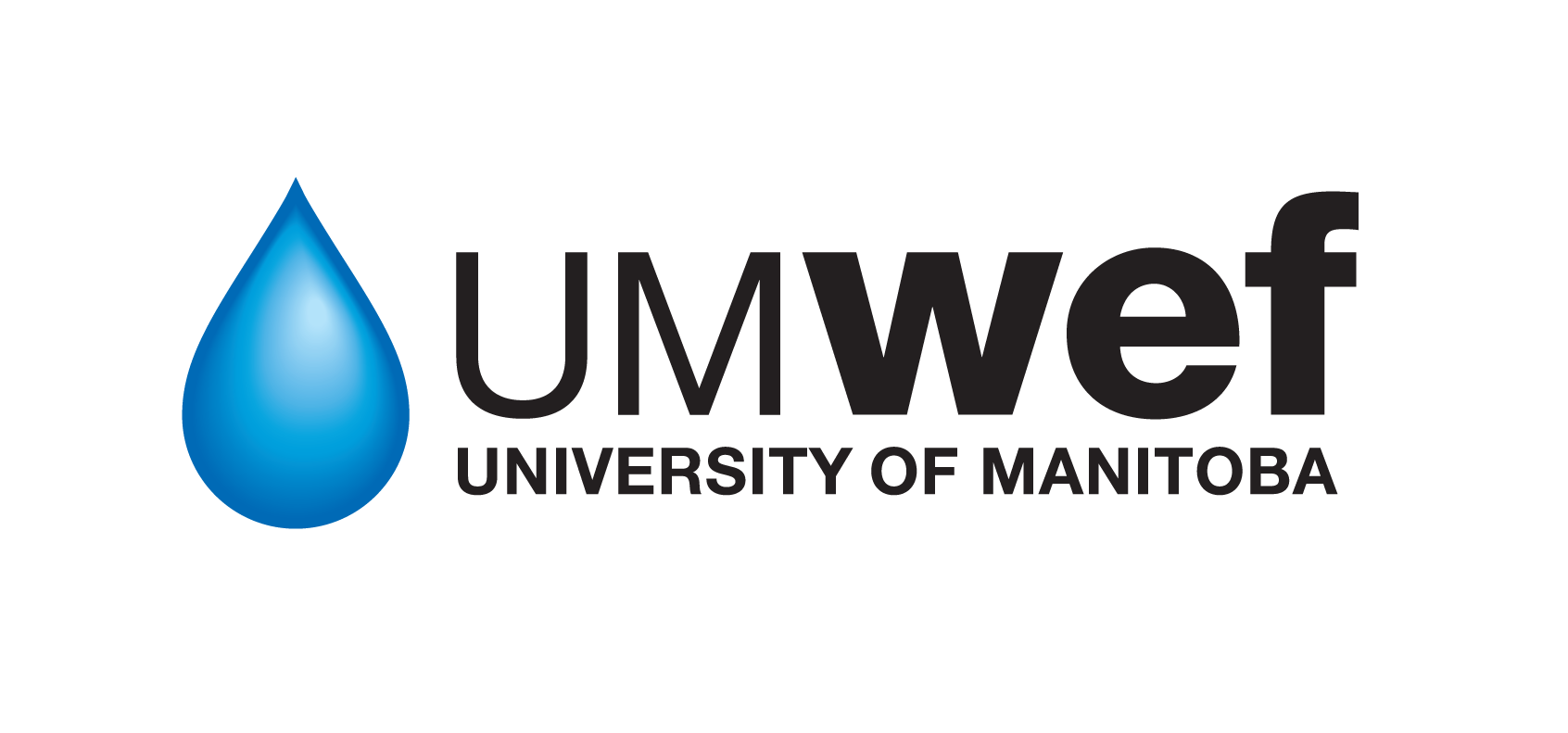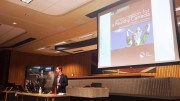Have you ever sat down and thought about how much water you use in a day? If you live a conventional life, you probably shower, go to the washroom a couple of times, and pick up a double-double or two. This all adds up, resulting in the consumption of over 150 litres of water per day per person on average in North America.
Although water is essential to our well-being, how many of us can say that we know about the processes that bring water to our taps or deal with the waste that flows down our drains? The water does not just appear and disappear; those 200 litres have to come from and return to somewhere.
This is where environmental engineers and scientists, the folks that design treatment systems to meet our first-world demands and also ensure the protection of our environment, come in. They are the individuals who make sure you start the day fresh and maintain a sufficient level of caffeine, directly contributing to your everyday life.
Now you are aware of the crusaders that work behind the taps and drains, but our work does not end there. At the University of Manitoba, the Water Environment Federation’s student chapter (UMWEF) strives to involve individuals from all sectors of the water industry, setting up networking events and a platform for public education.
The parent organization of UMWEF was instituted in 1928 and is a non-profit organization that globally represents water quality professionals. Since the organization’s inception, members have proudly fulfilled their commitments to public health within their local communities and aim to provide clean water worldwide.
These ideals were brought to the University of Manitoba in the 2006-2007 calendar year by a group of committed students in civil engineering. Past UMWEF president Stan Lozecznik wanted to set up the framework to allow students to explore the water industry and develop their professional skills.
The chapter’s first venture was the 2006-2007 joint seminar between the University of Manitoba and North Dakota State University, which later developed into the annual International Student Prairie Conference on Environmental Issues. The conference now also involves South Dakota State University, the University of North Dakota, and the University of Winnipeg, and covers the area known as the Red River Basin.
Local events organized by UMWEF include an annual summer barbeque and sports tournament, a series of guest lectures given by professionals in the field, and various other social and networking functions. The main goal of the chapter is bringing interested students together to promote their professional development while educating members of the public.
Although UMWEF specializes in the fields of environmental engineering and science, there is a place for anyone who wants to learn more about or be involved with water. Anyone interested by UMWEF can email me at umdevli5@myumanitoba.ca or drop by the civil engineering department on the third floor of the EITC building at the University of Manitoba.




